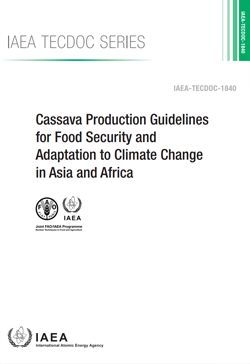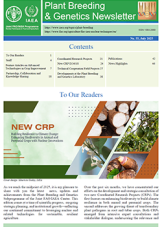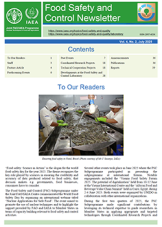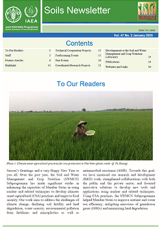Cassava Production Guidelines for Food Security and Adaptation to Climate Change in Asia and Africa
IAEA-TECDOC-1840
ISBN
978-92-0-101718-5
76 pages | 23 figures | € 18.00 | Date published: 2018
Cassava is the third largest source of human food and animal feed carbohydrates in the tropics, after maize and rice. It is a major food crop in Africa and is also grown in a number of countries in Asia. However, declining soil fertility and poor farming practices are serious problems for traditional cassava farms in both Asia and Africa. This publication is intended to assist Member States in enhancing their cassava production. It provides information on the best farm management practices and the role of nuclear and isotopic techniques to better understand nutrient nitrogen (N) uptake. The guidelines presented in the publication provide an integrated and crop-need-based nutrient, weed, insect pest and disease management plan for growing cassava. By using these improved crop management methods, farmers can optimize cassava yields and minimize production costs. They also contribute to a reduction in land degradation by soil erosion, particularly on sloping lands, thereby protecting the local environment. The intended end result is an enhancement of the quality and market value of cassava products.
Keywords:
Food and Agriculture, Stable Isotopes, Soil Fertility Research, Cassava, Climate Factors, Food Security, Cassava Production Guidelines, Adaptation, Climate Change, Asia, Africa, Best Farm Practices, Isotopic Techniques, Nitrogen, Casava Production Methods, Integrated Crop Management, Nutrition, Abiotic Constraints, Biotic, Member States, Crop-Need-Based Nutrient, Weed, Insect Pest, Disease Management, Production Costs, Land Degradation, Cyanogen, Productivity, Casava Breeding, Land Configuration, Methodology, Soil Fertility, Nutrient Management, Organic Residues, FAO, Carbohydrates, Value Chain, Tillage



